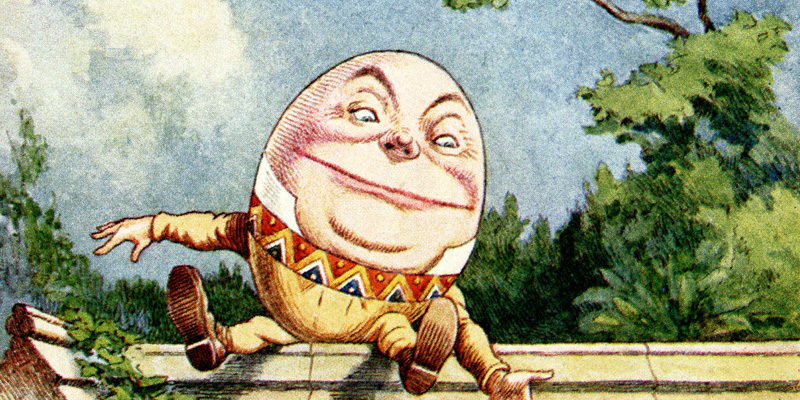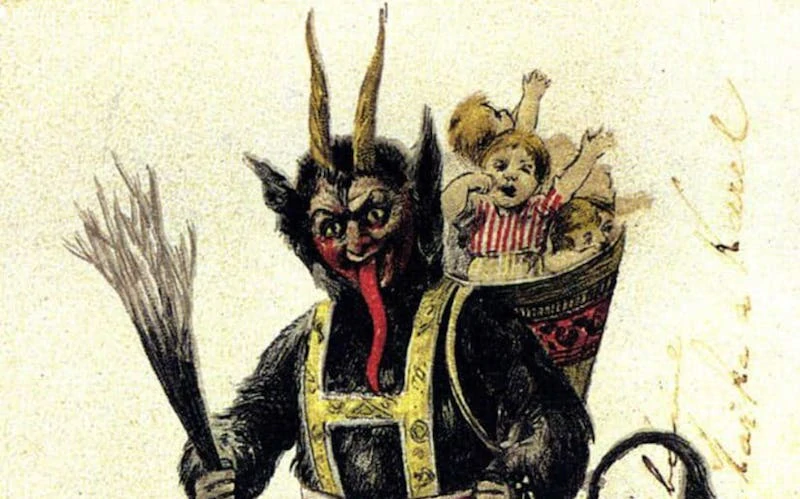Last updated on July 22nd, 2022 at 07:05 pm
When most people think of the Inca Empire, they picture an incredibly advanced society. And for the most part, this is true. The Incas were experts in architecture, engineering, and agriculture.
However, many people don’t know that life in the Inca Empire was not always easy. Let’s take a look at what life was like for the average person living in the Inca Empire.
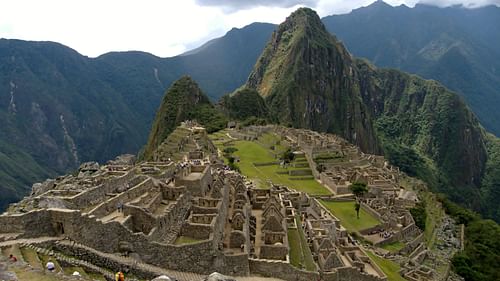
Families in the Inca Empire
The Incas placed a great deal of importance on the family unit. Families were responsible for taking care of their members, and their bonds were extremely tight.
Close family ties weren’t the only ones, as distance relations were crucial. It’s important to mention that the words for “father” and “uncle” were the same, and “mother” and “aunt” were also the same. At the same time, the words for cousin were the same as “sister” and “brother.”
The family unit was created and maintained through strong ties. The family also was the foundation of Inca society. As modern-day families have their extended family, Inca families operated much the same way, and all people of the same kinship were in a group called an Ayllu.
Generally, any marriages took place among members within the Allyu, so whichever Allyu you belonged to, you were related to everyone.
The Incas celebrated the idea of the Allyu, saying that it had come from a common ancestor; many regular rituals and ceremonies established the importance of the Allyu in the Inca culture.
For example, to take care of themselves, a parcel of land was divided amongst the individual families within the Allyu.
However, the Allyu wasn’t the only factor that governed the lives of the Inca people. Male or female, people dedicated their lives to hard work (mainly agriculture), military service, some festivities, and your ability to do the work necessary to keep life going.
Birth
The average family in the Inca Empire was large; usually, families had at least five members, if not more. There were no birth control measures, and another family member meant extra help when working the fields.
Aside from that, birth was a challenging process for mothers simply because they gave birth without a midwife. Once they had the baby, they had a portable cradle so that their work could continue.
Births had milestones, such as weaning a baby. Usually, families named the baby and took hair and nail clippings. Children receive an education from their parents. However, this wasn’t a traditional education.
The Inca had no writing system or schools, so they were trained to work in the fields.
Marriage
The empire’s economy guaranteed that individuals couldn’t stay single for very long, so everyone eventually found their mate. In addition, boys weren’t considered men until they had married someone. Divorce was rarely ever a thing.
Finally, unlike the Egyptians, the Inca people did not hold separate ceremonies for their married couples but rather an annual “group wedding” for couples in an Allyu.
Funerals in the Inca Empire
People were just as revered after they passed as they were in life. Family members were mummified so that they could continue to take part in rituals and public ceremonies.
The Incas buried the departed with their possessions. However, it was also common to burn their belongings. The Inca people took funerals so seriously that when their ruler passed away, his wives would be sacrificed so they could accompany their noble husbands into the next step of life.
The Empire Itself
The Inca empire was born on the western side of the Andes mountains in the early 12th century. Historical sources mention that by the 15th century, the empire included much of today’s Peru, western Ecuador, western and southern Bolivia, northwest Argentina, and parts of Chile. In short, they mostly controlled everything west of the Andes.
Despite the evidence of their society, the Inca people did not have a writing system. This was unfortunate since the Spanish conquistadores erased much of their culture when conquering the Incas.
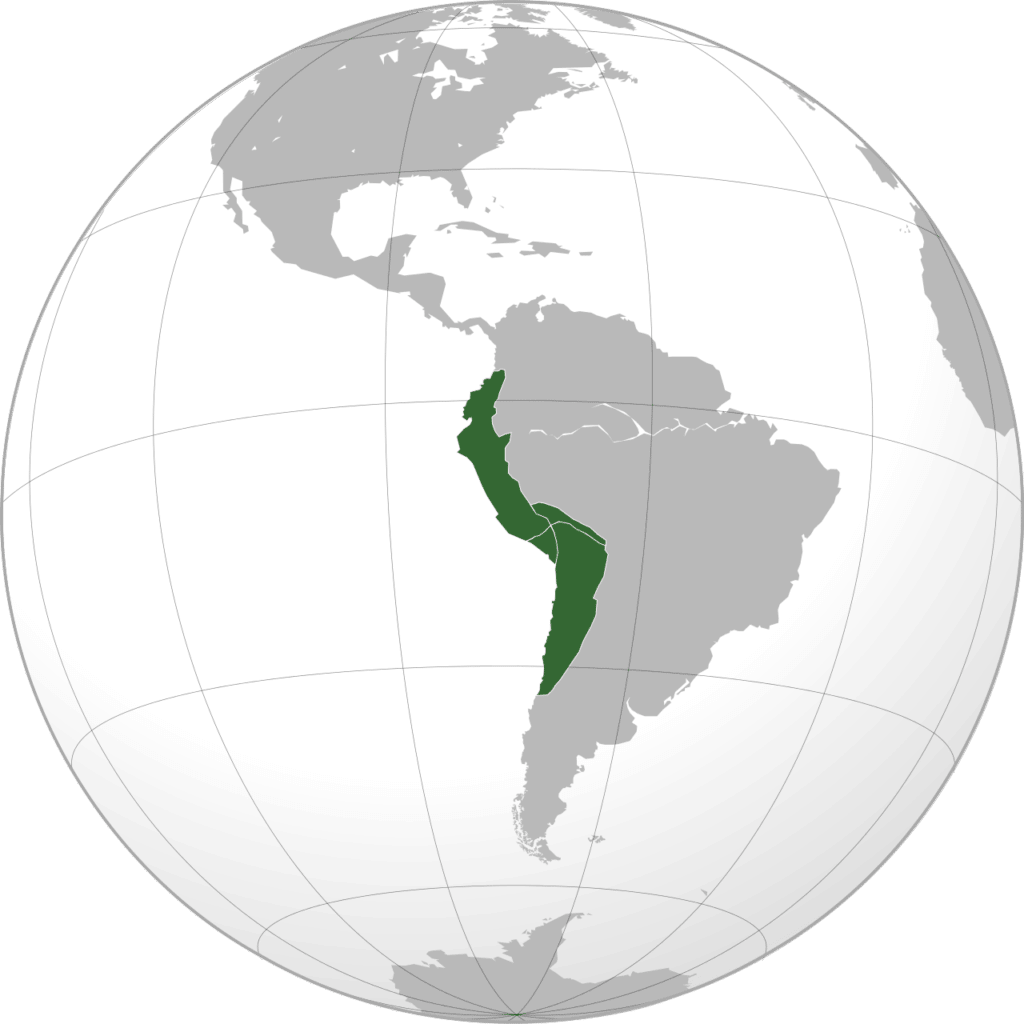
Much of their history remains oral and can only be corroborated by archaeological evidence.
Otherwise, the Inca people were your typical society and started as a small tribe inhabiting a single village. Citizens spent much of their lives tending crops and livestock native to their homeland. They grew maize, white and sweet potatoes, squash, quinoa, cocoa, peanuts, and peppers.
Their livestock usually consisted of llamas, alpacas, ducks, and even dogs. Over time, their agricultural prowess grew, and they began cultivating and harvesting Cotton. Steadily, textiles became a central part of their culture, and in addition to Cotton, they also used alpaca and llama wool.
Nobility, Their Responsibilities, and The Common Man
The nobility and their children received an education that the ordinary people did not; the system educated boys based on the Inca language Quechua. Boys also learned about religion and the Quipu-the Incas way of keeping tabs on population and food supplies.
Teachers also passed on history to boys during their schooling; women received a different type of education. Girls with talent and beauty were chosen from villages and trained in spinning, weaving, cooking, chicha-making (beer), and religion. After their training, they were sent to serve the rulers or work in temples.
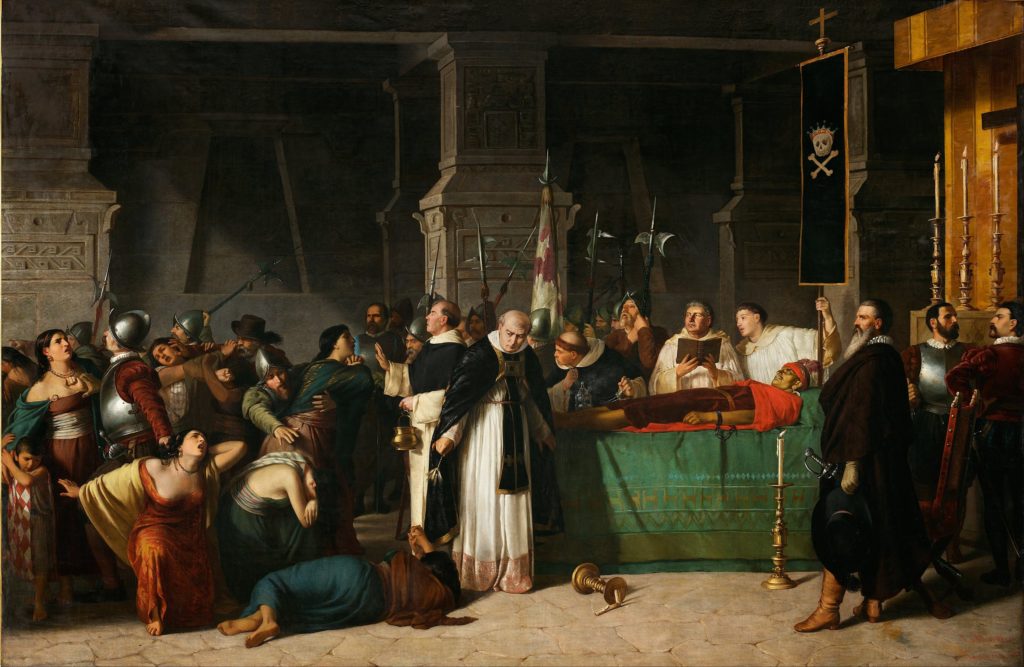
While the nobility did enjoy many perks that the ordinary people did not, they also had responsibilities. The ruling class was obligated to take care of the less fortunate.
Common people were not allowed to own more goods than they needed and, by law, could only wear plain clothes.
The ordinary people also lived outside important cities like Cuzco; conquered people joined this class and usually became farmers, and artisan-if they had skills, worked in the mines or joined the army.
The Inca Empire: Infrastructure
The Inca people were great architects and engineers and constructed some of their time’s most impressive buildings and roads. They are most known for their use of stone masonry, a technique in which they shaped large stones to fit together without mortar.
This is evident in sites like Machu Picchu and Ollantaytambo. The Inca people also created a complex system of roads and bridges that spanned the entire empire; this is especially impressive given the mountainous terrain.
Their European conquerors also marveled at their hydraulic systems like canals, cisterns, terraces, and aqueducts which, like their roads, were of arguably better quality than European infrastructure at the time.
Even though mountainous ranges like the Andes could prove challenging for survival, the Inca Empire didn’t seem to slow down because of it. Their cities were in great shape and impressed the conquistadors. While the Incas didn’t know how to work iron yet, the wealth of gold in their cities and palaces made up for it.
Their society didn’t use the wheel, so their civilization thrived off the backs of their citizens. Runners would carry goods along the road and stop at regular buildings staged at intervals along the roads; they could be reached in a day and acted as inns. Also staged along these roads were some of their most important buildings, known as Qullqa.
Qullqa were storage warehouses where the Inca would store their extra food, textiles, and other valuables. They were near mines or other places where workers extracted raw materials.
The Inca also had a great military and conquered many surrounding societies; these warehouses supported military and state activities. Essentially, these warehouses would supply the people with anything they needed, and the Incas used a barter system as they did not have a central currency.
Religion
The Inca religion was polytheistic and revolved around worshiping natural forces like the sun, moon, and stars. They believed that these forces had an impact on their daily lives and thus, deserved to be respected.
However, the Inca people also believed in fetishism-spiritual power and essence to animate and inanimate objects, animism; the main god Viracocha created everything, but the Incas thought they came from Inti, the sun god.
Life in the Inca Empire
The Inca Empire was highly advanced. They had an excellent infrastructure and religious system that helped support their society. They were also hard-working architects and engineers. While their culture didn’t use simple tools like the wheel, they made up for it in other ways.
Unfortunately, the Spanish conquistadors destroyed most records of their empire, but we can still learn about their way of life through what remains. Despite its short existence, the Inca Empire would have been a decent live.
